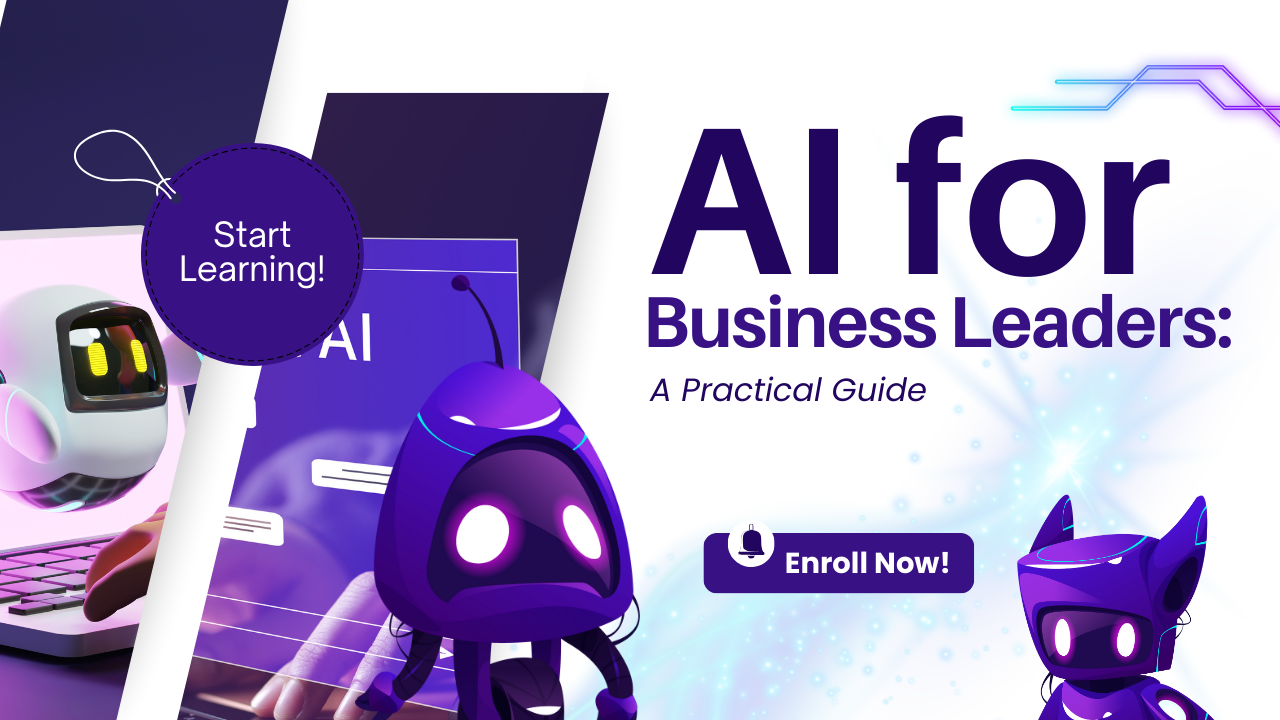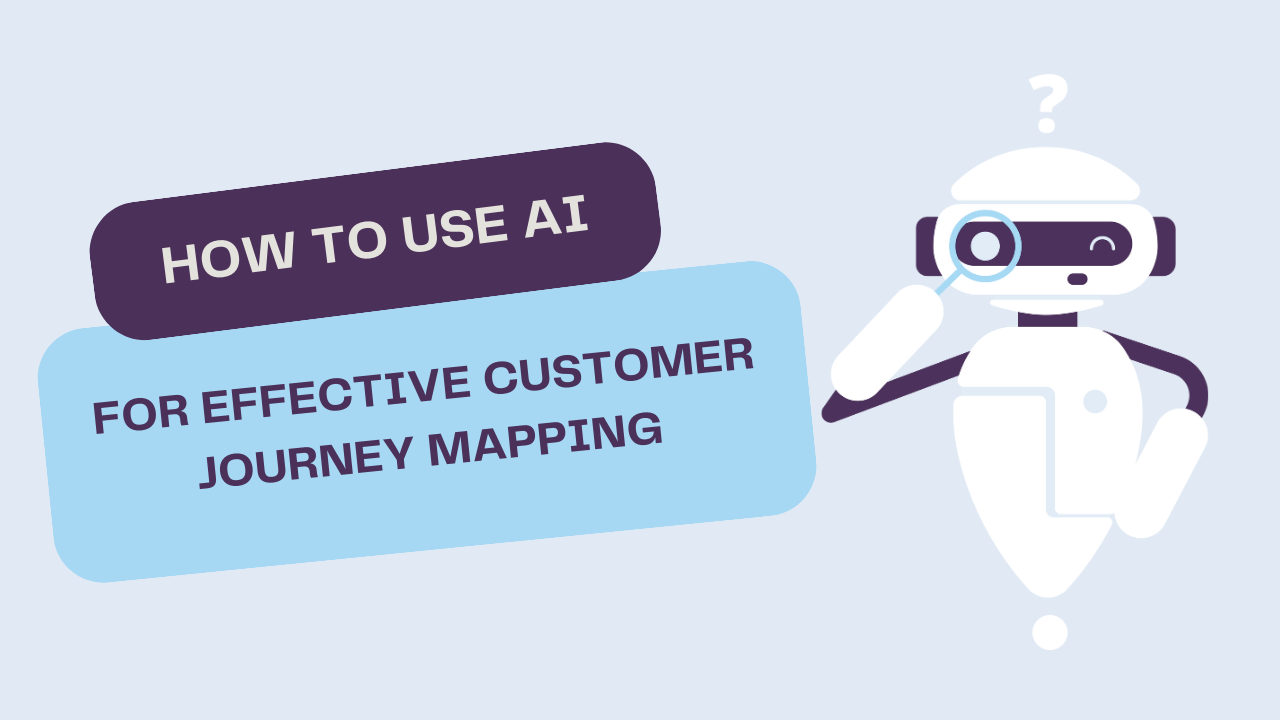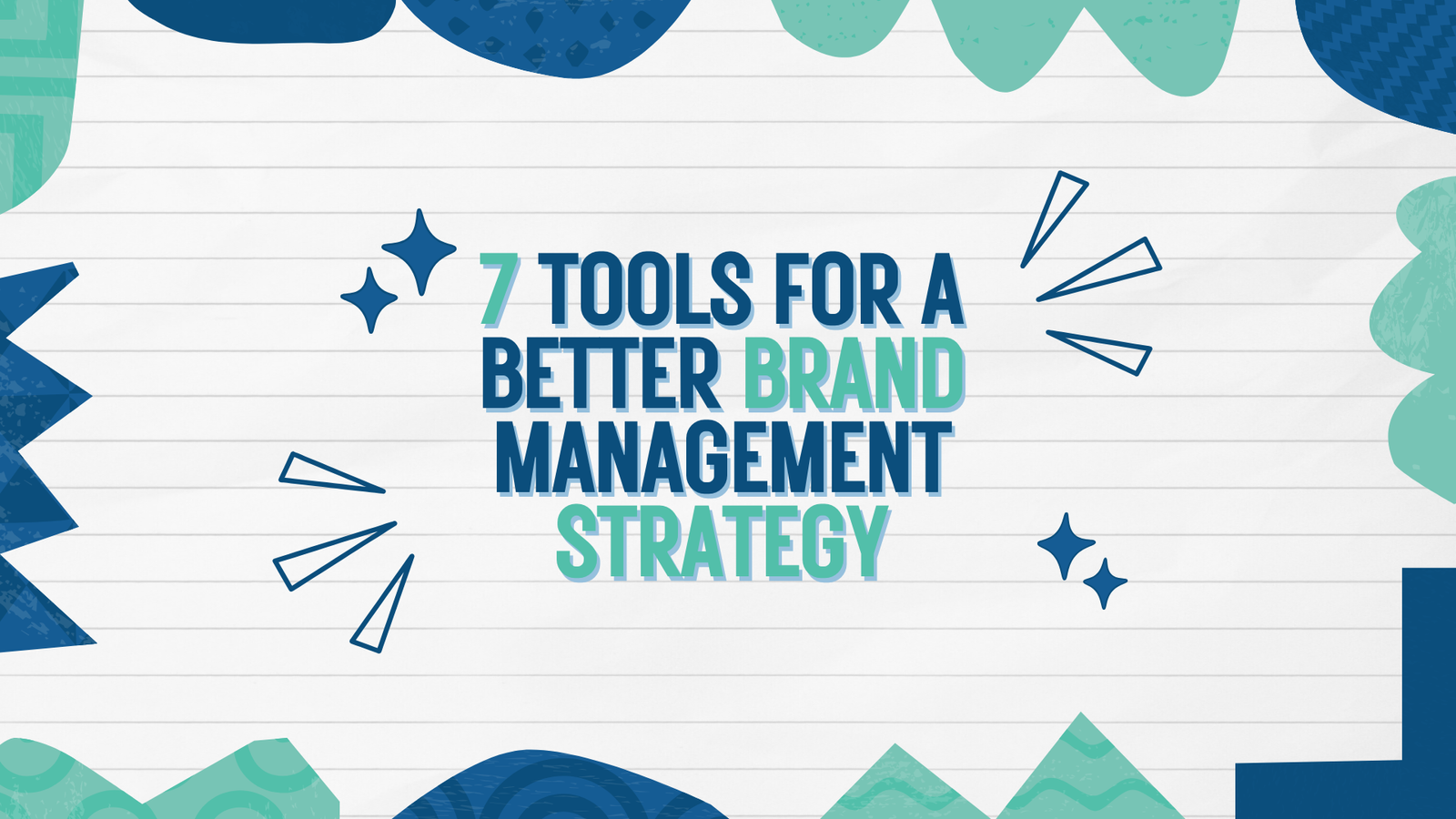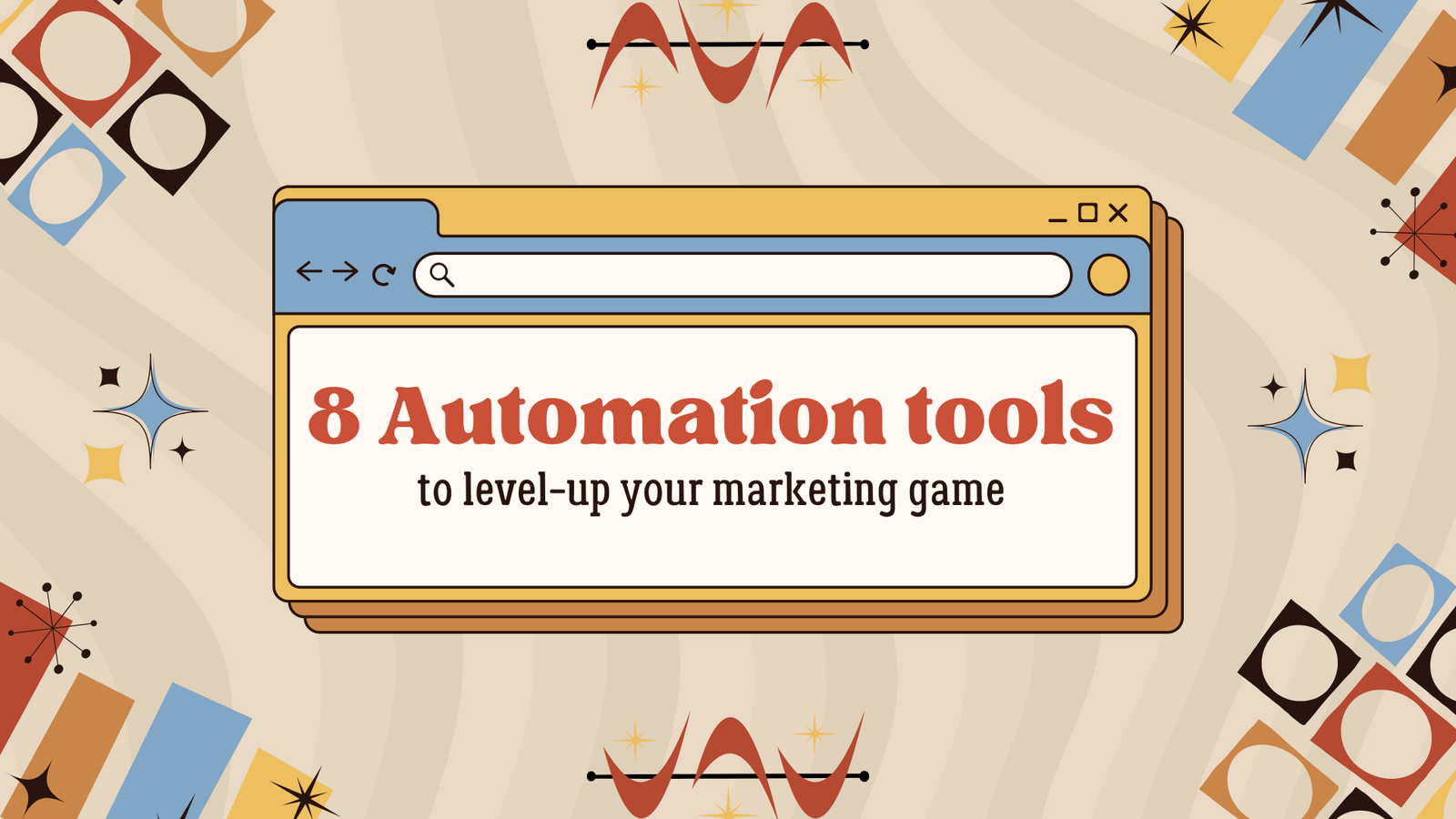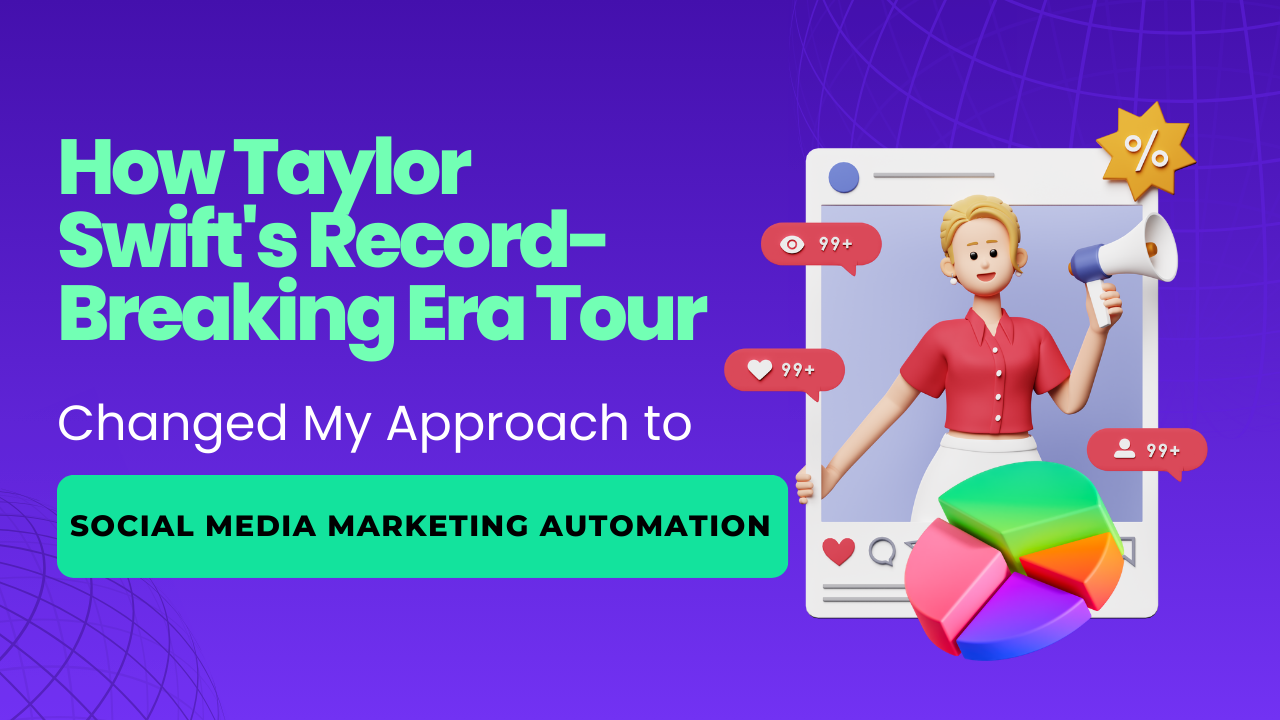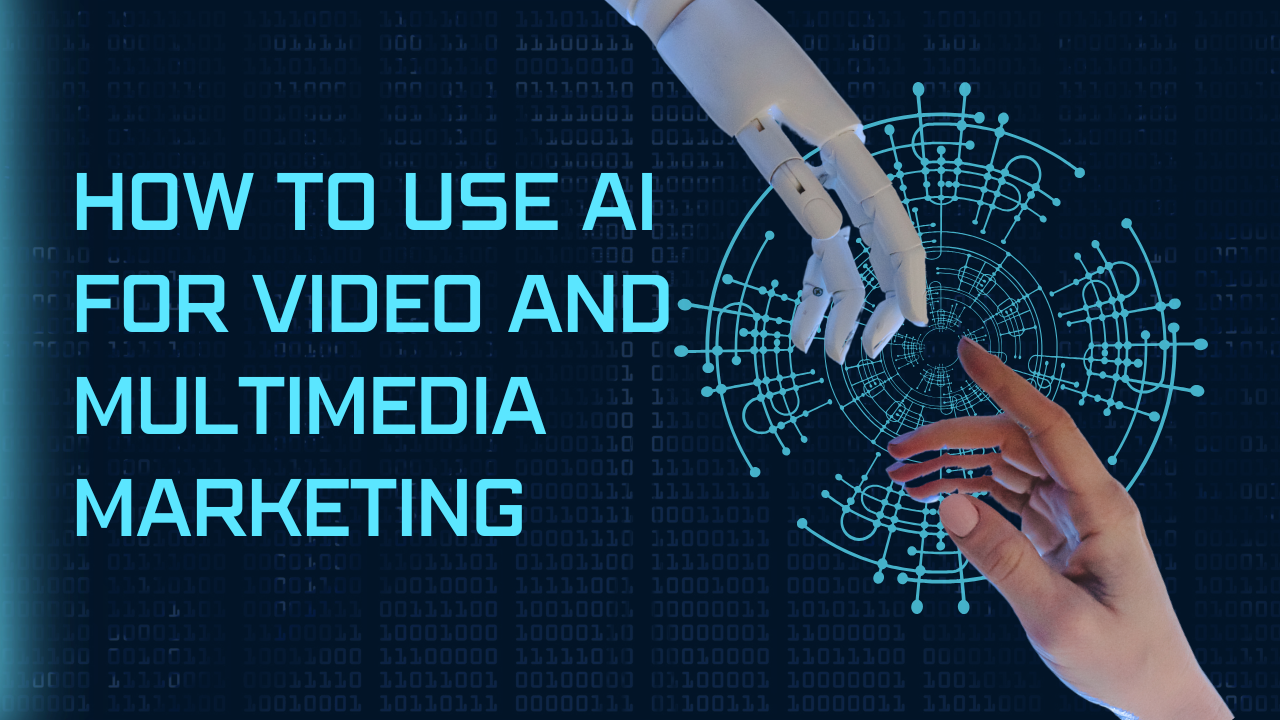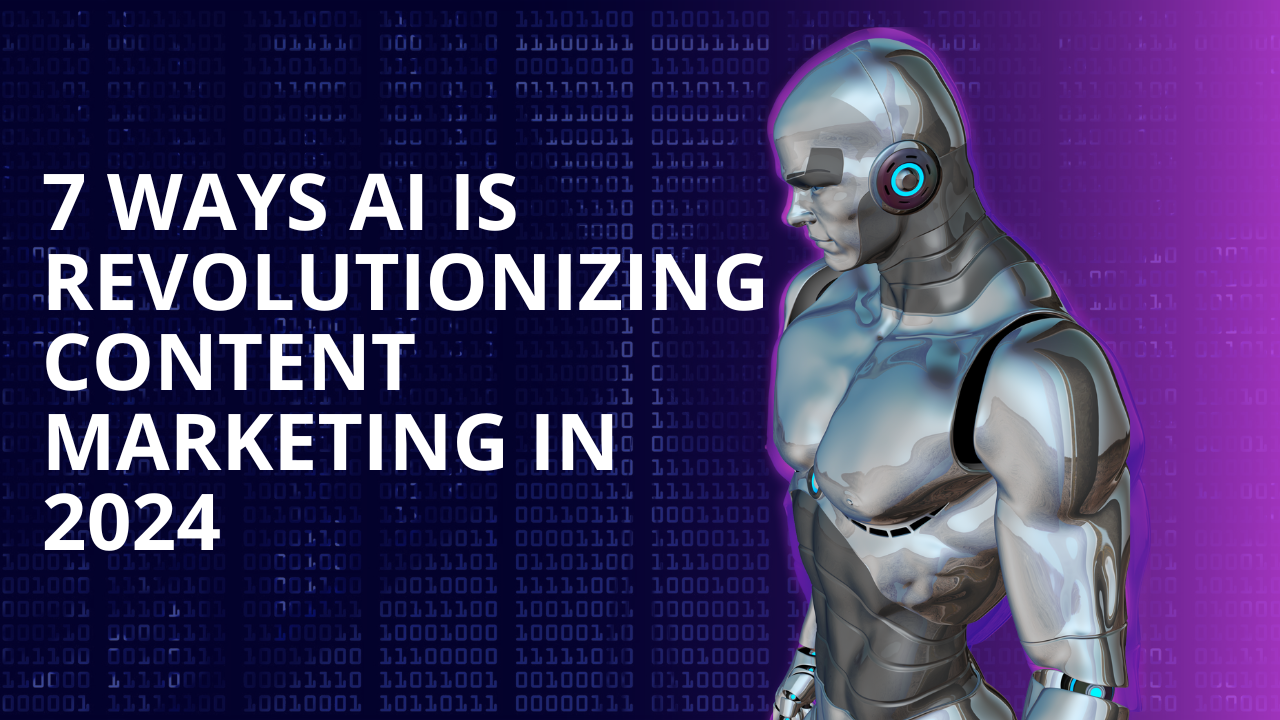In today’s fast-paced digital landscape, the customer journey has evolved into a complex web of touchpoints and personalized experiences. As customers interact with businesses across multiple channels, understanding and optimizing these interactions becomes crucial for enhancing satisfaction, loyalty, and retention. Enter artificial intelligence (AI)—a powerful tool for revolutionizing customer journey mapping. Through AI, companies can leverage data, automate processes, and predict behaviors, all of which contribute to crafting more personalized, seamless customer journeys.
One of the best examples of AI-driven customer journey mapping is Netflix, a brand that has made personalization its hallmark. In this blog, we will explore how AI enhances customer journey mapping and delve into case studies from market leaders like Netflix, Disney+, and HBO Max to showcase real-world applications.
The Modern Customer Journey: An Overview

Before diving into how AI can transform customer journey mapping, it’s essential to understand what a customer journey entails in the modern context. Customer journeys map out the various stages a consumer goes through when engaging with a brand, starting from awareness and moving toward purchase, loyalty, and advocacy. In today’s digital environment, these journeys are nonlinear, complex, and highly personalized. Let’s take Netflix as an example to understand the stages of a typical customer journey:
- Discovery through paid or organic channels
- Free trial registration (in available markets)
- Content exploration and engagement
- Subscription decision
- Ongoing engagement or churn
Each of these stages involves numerous data points, and managing this data manually is almost impossible. This is where AI comes in, enabling brands to track, predict, and optimize every step of the customer journey.
The Role of AI in Customer Journey Mapping

AI offers several benefits to businesses looking to enhance customer journey mapping. Here are some of the most significant ways AI helps:
1. Data Collection and Integration
AI can collect and integrate data from a multitude of sources—social media, website interactions, email campaigns, mobile apps, and even offline data—into a unified view of the customer. This holistic perspective is essential for understanding customer behavior across all touchpoints.
2. Real-Time Analytics and Decision-Making
AI-driven systems can analyze data in real time, making it possible to personalize experiences as they happen. For example, if a customer shows a preference for certain types of content, AI can suggest similar offerings during their session. Real-time analytics help reduce friction in the customer journey, leading to improved satisfaction.
3. Predictive Analytics and Personalization
AI models can predict future customer behaviors based on past interactions. By using machine learning algorithms, businesses can anticipate when a customer might be likely to churn, make a purchase, or engage with specific content. This predictive power allows companies to intervene at crucial moments, providing personalized offers or content that can sway the customer’s decision.
4. Automation and Efficiency
AI can automate various touchpoints of the customer journey, from personalized email campaigns to tailored product recommendations. This reduces the manual effort required by businesses and ensures a consistent, scalable customer experience. Automation tools also enable brands to test different strategies at scale and optimize in real time.
Market Leaders and Their AI-Powered Customer Journey Strategies

Let’s explore how major market leaders like Netflix, Disney+, and HBO Max have implemented AI in their customer journey mapping and achieved significant results.
Netflix: A Case Study in AI-Powered Personalization
Netflix is often seen as the gold standard for AI-driven customer experience. Its use of AI extends to nearly every facet of the customer journey. According to Netflix’s 2023 Shareholder Letter, 80% of viewer activity is driven by personalized recommendations. The company’s AI-powered recommendation system saves it approximately $1 billion annually in customer retention.
Some of Netflix’s key AI-driven practices include:
- Personalized Thumbnails: Netflix uses AI to create dynamic, personalized artwork for each user based on their viewing habits.
- Content Discovery: Netflix tailors content suggestions using machine learning algorithms that assess user preferences, viewing history, and even the time of day to recommend shows or movies that are most relevant to each user.
- Churn Prediction: Netflix employs predictive analytics to forecast which customers are likely to cancel their subscriptions. By identifying these users early, Netflix can offer targeted promotions or exclusive content to keep them engaged.
Disney+: Cross-Platform Personalization
Disney+ has also emerged as a major player in the streaming industry, and its AI-driven customer journey mapping efforts are a key reason for its rapid growth. According to Disney’s 2023 Tech Blog, the company’s AI implementation focuses on:
- Personalized Content Discovery: Disney+ uses AI to offer personalized content suggestions based on a user’s viewing habits. If a family primarily watches animated movies, the platform will prioritize recommending family-friendly content in their suggestions.
- Watch Time Optimization: By analyzing viewer behavior, Disney+ can optimize watch times. This involves making suggestions that not only appeal to users but are aligned with the platform’s goals, such as keeping viewers engaged during peak hours.
- Cross-Platform Consistency: Many Disney+ users watch content across multiple devices (TV, mobile, tablet). AI helps ensure a seamless experience across these platforms by keeping track of where users left off and making content suggestions accordingly.
HBO Max: Real-Time Recommendations
HBO Max’s focus on AI-driven customer journey mapping has been centered around content discovery and real-time personalization. According to HBO Max’s 2023 Platform Update, their AI-powered features focus on:
- Real-Time Recommendations: HBO Max’s AI system provides recommendations in real time, adapting to a user’s current viewing session and suggesting new content to keep them engaged.
- Cross-Device Engagement Tracking: Like Disney+, HBO Max places a heavy emphasis on ensuring consistency across devices. AI-powered algorithms track user engagement on different devices to offer a unified experience.
- Viewer Retention: By employing machine learning algorithms that analyze viewing habits, HBO Max can identify viewers at risk of canceling and take corrective actions, such as personalized offers or targeted ads.
AI Tools and Technologies Currently in Use
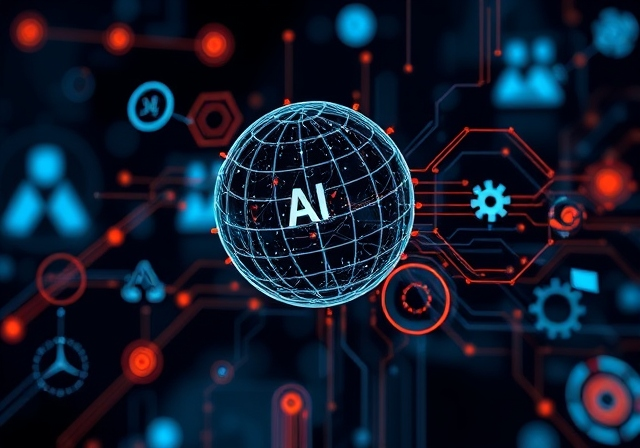
Several AI platforms are enabling these impressive results. Below, we examine three of the most commonly used AI tools for customer journey mapping.
1. Adobe Experience Platform
Adobe’s AI-powered platform is widely used by streaming services and other media companies. According to an Adobe Case Study, the platform has helped companies achieve:
- 2.5x increase in customer engagement rates
- 40% reduction in customer churn
- 60% improvement in content discovery
2. Google Cloud AI
Google Cloud’s AI capabilities provide advanced analytics and machine learning tools to help companies improve customer journey mapping. As highlighted in Google’s case studies, streaming services using their AI solutions have seen:
- 35% improvement in user engagement
- 45% better content discovery rates
- 20% reduction in subscription cancellations
3. AWS Personalize
Amazon’s machine learning platform, AWS Personalize, is another leader in AI-powered personalization. According to Amazon’s case studies, businesses using AWS Personalize have experienced:
- 29% increase in customer engagement
- 47% improvement in recommendation accuracy
- 15% reduction in subscriber churn
These platforms offer scalable solutions that allow companies to implement AI-driven strategies across all phases of the customer journey, from discovery to retention.
Implementing AI in Customer Journey Mapping: A Practical Guide

Implementing AI for customer journey mapping involves several key steps. Let’s examine how major streaming services like Netflix, Disney+, and HBO Max approach this process.
Phase 1: Data Collection
The first step in AI-driven customer journey mapping is to gather as much relevant data as possible. This includes:
- Viewing Patterns: Collect data on how, when, and what customers are watching. This helps build a clearer picture of customer preferences.
- Content Preferences: Understanding what content resonates with different segments of your audience is crucial for personalization.
- Device Usage: Identify which devices your customers use to interact with your content. This information can be used to tailor experiences based on device-specific optimizations.
- Time-of-Day Patterns: AI can identify viewing patterns based on the time of day, enabling businesses to serve personalized content at optimal times.
Phase 2: AI Implementation
Once data is collected, AI models can be trained to provide insights and make predictions. Key AI implementations include:
- Recommendation Systems: AI-powered recommendation engines can help businesses suggest the right content to the right users at the right time, improving engagement and satisfaction.
- Personalization Engines: Use AI to deliver personalized experiences across all touchpoints—whether through email, in-app notifications, or personalized homepages.
- Engagement Optimization: AI can identify the most effective ways to keep customers engaged and suggest improvements based on real-time analytics.
- Churn Prediction: Predictive models can analyze customer behavior to identify at-risk users and recommend personalized offers or interventions to retain them.
Phase 3: Optimization
Finally, once AI systems are in place, it’s essential to continuously monitor and optimize their performance. Key metrics to monitor include:
- Content Discovery Rates: Measure how effective AI-driven recommendations are at helping users find new content.
- User Engagement: Track engagement metrics, such as session duration, frequency of interactions, and the number of recommendations accepted.
- Churn Rates: Monitor whether AI-driven churn prediction models are accurately identifying at-risk users and whether targeted interventions are reducing churn.
Conclusion
Incorporating AI into customer journey mapping isn’t just a trend; it’s a necessity in today’s hyper-competitive digital landscape. From real-time analytics to predictive modeling, AI provides the tools needed to optimize every touchpoint of the customer journey, leading to higher engagement, reduced churn, and increased loyalty.
As demonstrated by industry leaders like Netflix, Disney+, and HBO Max, AI-driven customer journey mapping can deliver tangible business results. By collecting data, implementing AI models, and continuously optimizing processes, companies can stay ahead of the curve and deliver personalized experiences that keep customers coming back.
As AI technology continues to evolve, we can only expect its role in customer journey mapping to become more sophisticated. Companies that invest in AI now will be well-positioned to offer the highly personalized, seamless experiences that customers increasingly expect in the digital age.

